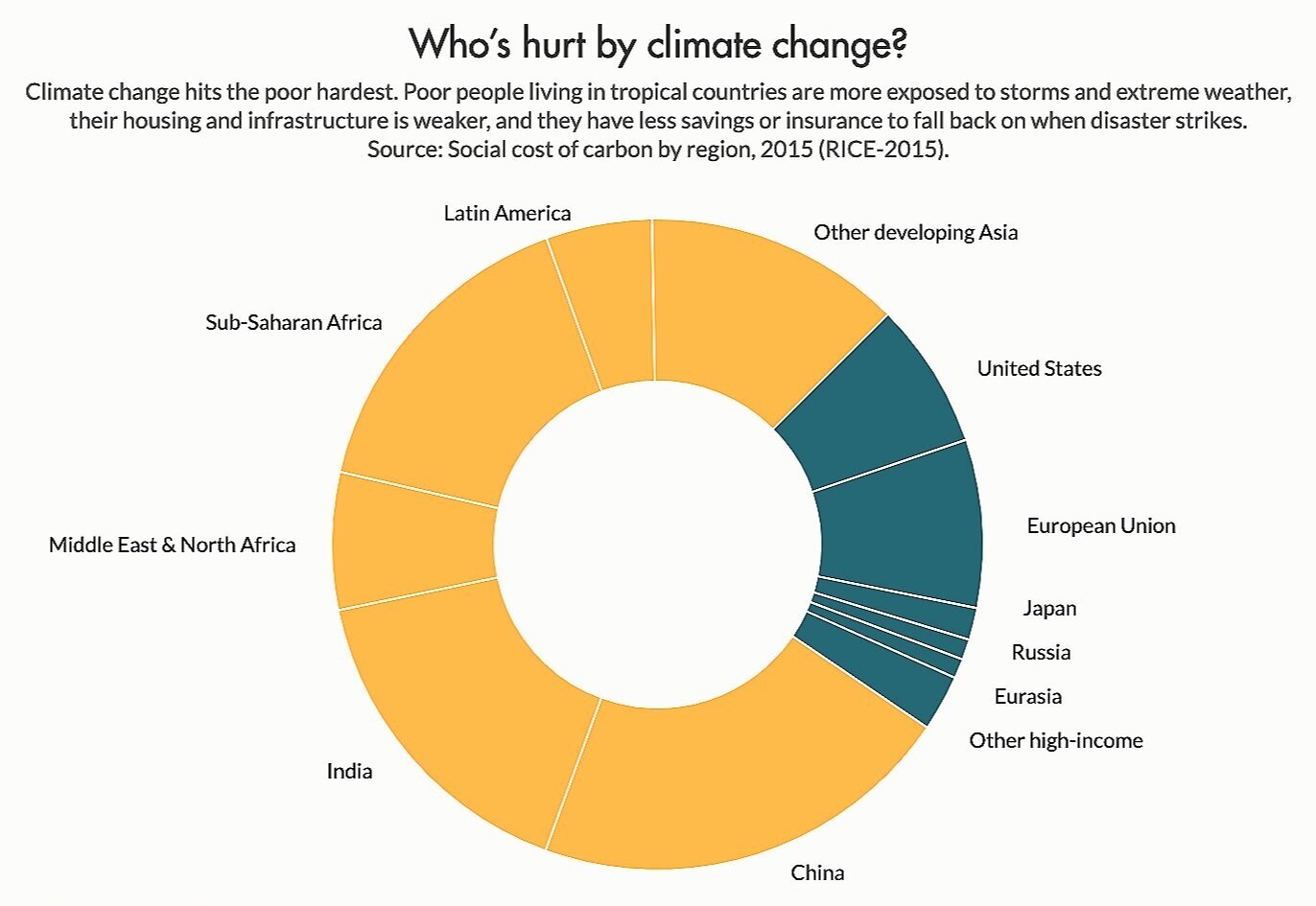by Hannah Mohtadi
Let’s start with the distinction between the social cost of carbon and the carbon tax. They go hand in hand, but are entirely separate policy tools. Here’s the basic idea: the carbon tax is set by policymakers and raises the cost of dirtier energy sources by taxing carbon emissions. The social cost of carbon (SCC) is deduced from scientific research and informs federal policies and regulations. It "reflects how much society should be willing to pay to reduce carbon dioxide emissions by a ton" by considering the future damages associated with climate change.
As we know (read What Is The Real Social Cost Of Carbon? Part 1 if you missed it!), the social cost of carbon is a way to measure the benefits of carbon emission reductions. With this tool, policymakers can easily conduct cost-benefit analyses of regulations that reduce carbon emissions, such as imposing fuel economy standards for car manufacturers. The SCC appears in federal regulation for power plants, automobiles, trucks, refrigerators, and many other things and ensures that a consistent rate is employed by all government agencies.
So what’s the number? The Biden administration recently set the current global social cost of carbon at $51 per ton of carbon. Considering the cost used to be as low as $1 under the Trump administration, $51 is a good start, but not enough to spur massive change at the level that we need.
A 2018 report from the Global Commission on the Economy and Climate finds that “bold climate action could deliver at least US$26 trillion in economic benefits through to 2030, compared with business-as-usual.” Basically, we are drastically underestimating the potential damages that will result from climate change. The $51 cost includes the predicted costs to the rest of the world from US emissions, but economists say that the number should be astronomically higher if we take into account these global damages.
Calculating an accurate global SCC is essential since climate change does not hit countries equally. Climate change is projected to disproportionately harm today's poorest populations, exacerbating concerns about environmental justice. Already, some of the lowest carbon emitting countries experience the most devastating climate-related impacts. Carbon dioxide is a global externality; thus a fragmented, rather than collective, approach can be perilous for many countires. If you don’t look at the issue from a global lens, then you are effectively saying that the US imposes zero damages onto other countries from carbon emissions.
Even within the US, predicted damages caused by climate change are nine times larger in the poorest 5% of counties nationwide than in the richest 5%. Recent studies also suggest that higher temperatures may have disproportionately larger impacts in poorer countries. While the Biden administration’s SCC price of $51 is an improvement, it still falls short in many ways. Most importantly, according to Laurie Johnson at the Natural Resources Defense Council, is the lack of an equity lens within the decision making. Without adjusting for equity, the current SCC assumes a dollar's worth of damage to a person living in poverty equals that of a wealthier person.
We need a new approach to the SCC. One that adjusts for individuals and families with different income levels, that takes into account the disproportionate effects of climate damages on poorer countries, and considers a more robust set of damages. With these considerations in mind, the U.S. could lead the way in establishing a high SCC that emphasizes a quick and necessary shift towards clean energy and climate resilience.




